The 5 Exercises You Should Never Skip As You Get Older
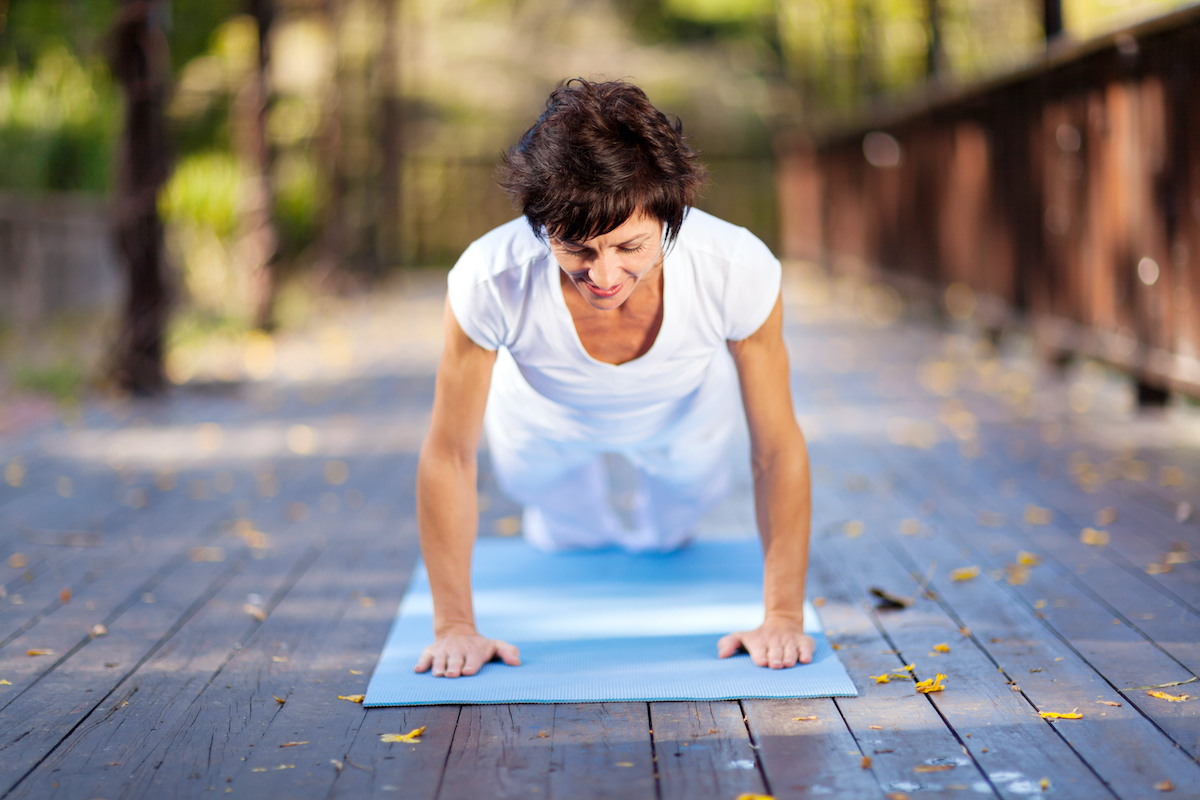
It’s simply a fact that regular exercise is one of the closest things we have to a fountain of youth. Keeping your body moving as you age is the surest way to stay mobile, stay healthy, and be happy. According to a study published in the American Journal of Preventive Medicine, just a little bit of brisk daily walking will go a long way in helping you stay active for longer, and will help prevent painful arthritis symptoms, achy joints, and stiff muscles. Another research project published in the American Journal of Psychiatry concludes that a single hour of exercise weekly can help stave off depression and negative thoughts.
Just in case anyone still isn’t convinced exercise is non-negotiable when it comes to aging well, consider this study published in Clinics in Geriatric Medicine. Researchers conclude exercise is an essential aspect of healthy aging, and has been shown time and time again to assist in preventing both a host of chronic diseases and premature death.
Just how much exercise should older adults be performing? According to the World Health Organization, individuals over the age of 65 should aim for at least 150 minutes of moderate intensity cardio per week, as well as some workouts that focus on balance and muscle-strengthening a few times weekly.
But not all exercises are created equal, and it’s important that you emphasize certain moves while avoiding others as your body gets older. (In the case of the latter, don’t miss The Exercises You Should Never Do After 60, Say Experts.) In fact, there are some exercises that are so good for you body that they should stay permanent fixtures of your life, and you should do them just about every time you step foot in a gym. Curious to know what those are? Read on, because here are the 5 exercises older adults should never skip. And for more exercises that you should do as you get older, don’t miss The Best Exercises for Building Stronger Muscles After 60, Say Experts.
Squats
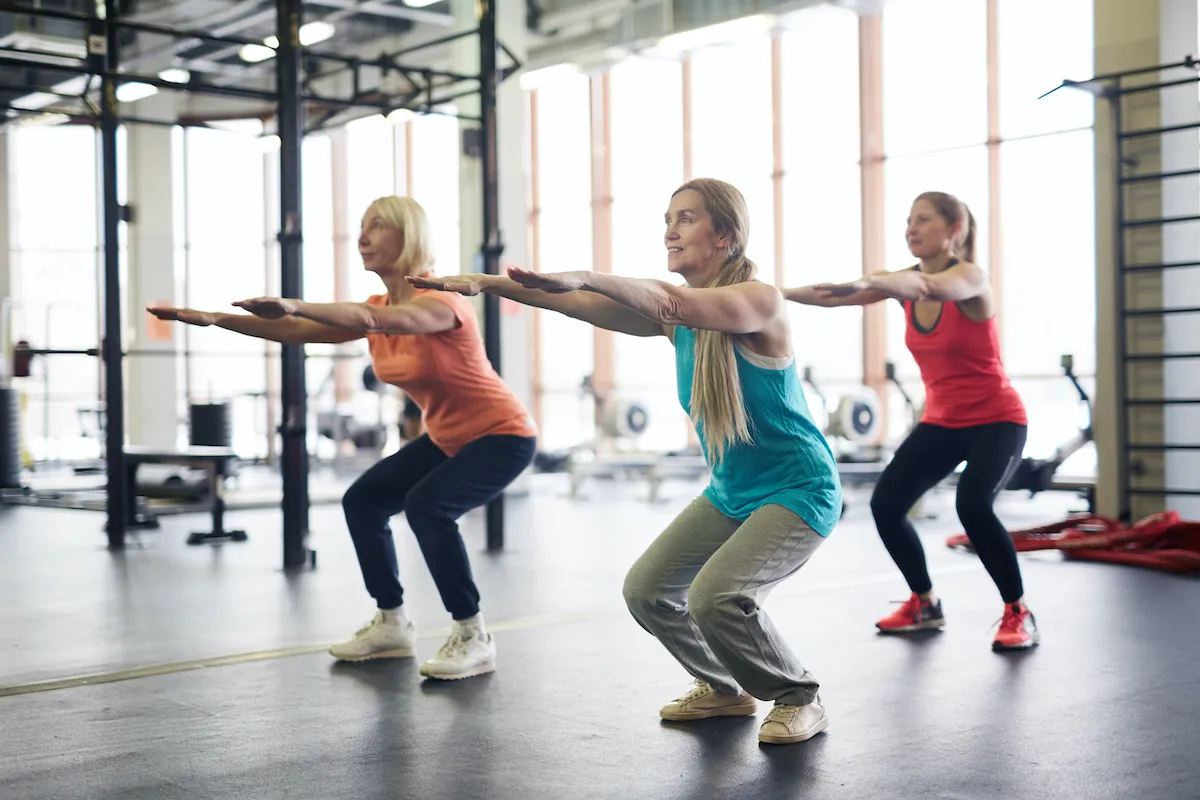
Squats are a great exercise choice at any age, but especially for older individuals. This exercise activates both core and leg muscles, helps with posture and balance, and helps preserve bone density.
There’s also ample evidence to suggest that squats and other exercises that really target the leg muscles result in major brain benefits. This research project, published in Frontiers in Neuroscience, reports that squatting will actually send a signal to the brain instructing it to produce more neurons that help with learning and stress control.
“This exercise is key to building muscle in the legs and lower body. For those over 60 with balance or coordination issues hold onto the back of a chair for balance. Stand with your feet hip width apart with your toes pointed straight ahead. Begin to lower your hips towards the floor by pushing them back behind you like you’re going to take a seat. Try to get your legs to go down low enough so they’re parallel to the floor. Keep breathing throughout the movement as you return back up to the starting position,” explains Josh Schlottman, C.S.C.S. And for more reasons to exercise, don’t miss this Secret Side Effect of Exercising More After 60, Says New Study.
Free weights
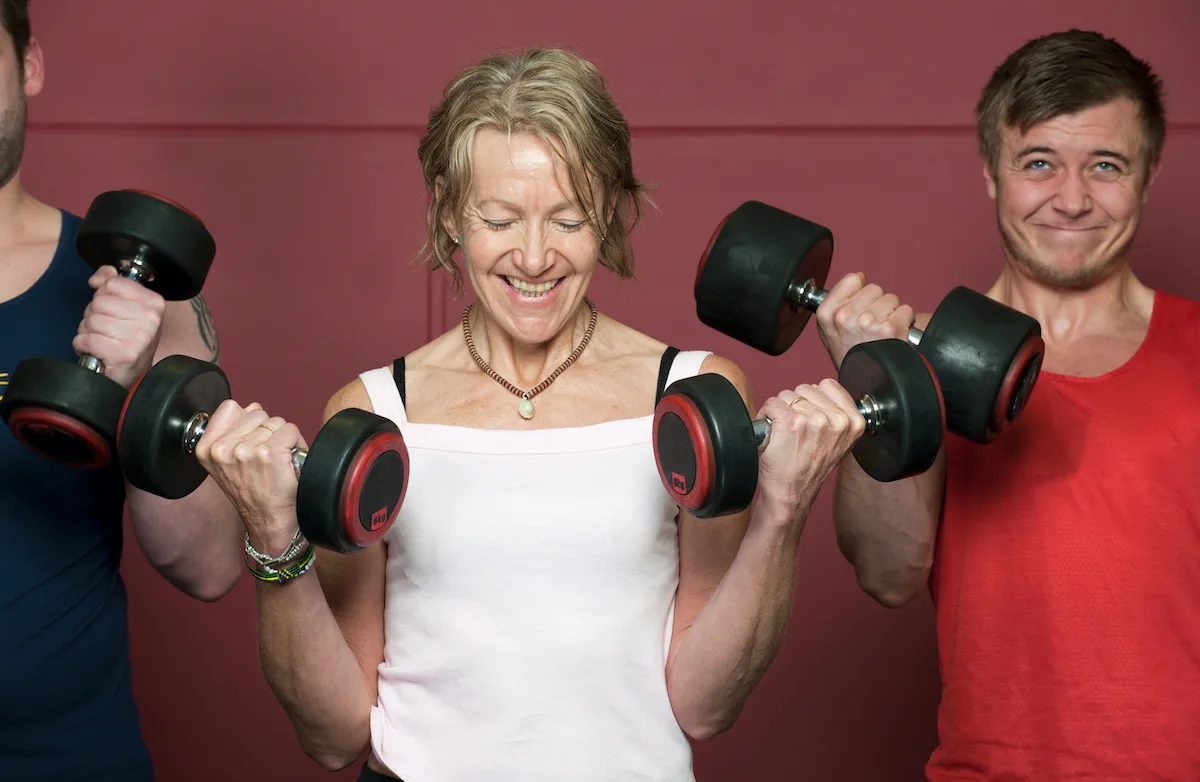
Whether you choose some shoulder presses, bicep curls, or tricep extensions, it’s imperative that older adults make time for some free weight exercises. Maintaining a healthy amount of muscle mass into old age is linked to a host of attractive health benefits you don’t want to miss out on.
This study published in Preventive Medicine discovered that older adults (65+) who lift weights twice per week have 46% lower all-cause mortality odds than those who avoid the weight room. In simpler terms, weight lifting can help extend lifespan! Additionally, another study published in Frontiers in Psychology reports consistently performing resistance exercises helps prevent age related chronic diseases such as heart disease and cancer. For more exercises to avoid, however, don’t miss the Shoulder Moves You Should Never Do After 60.
A brisk walk
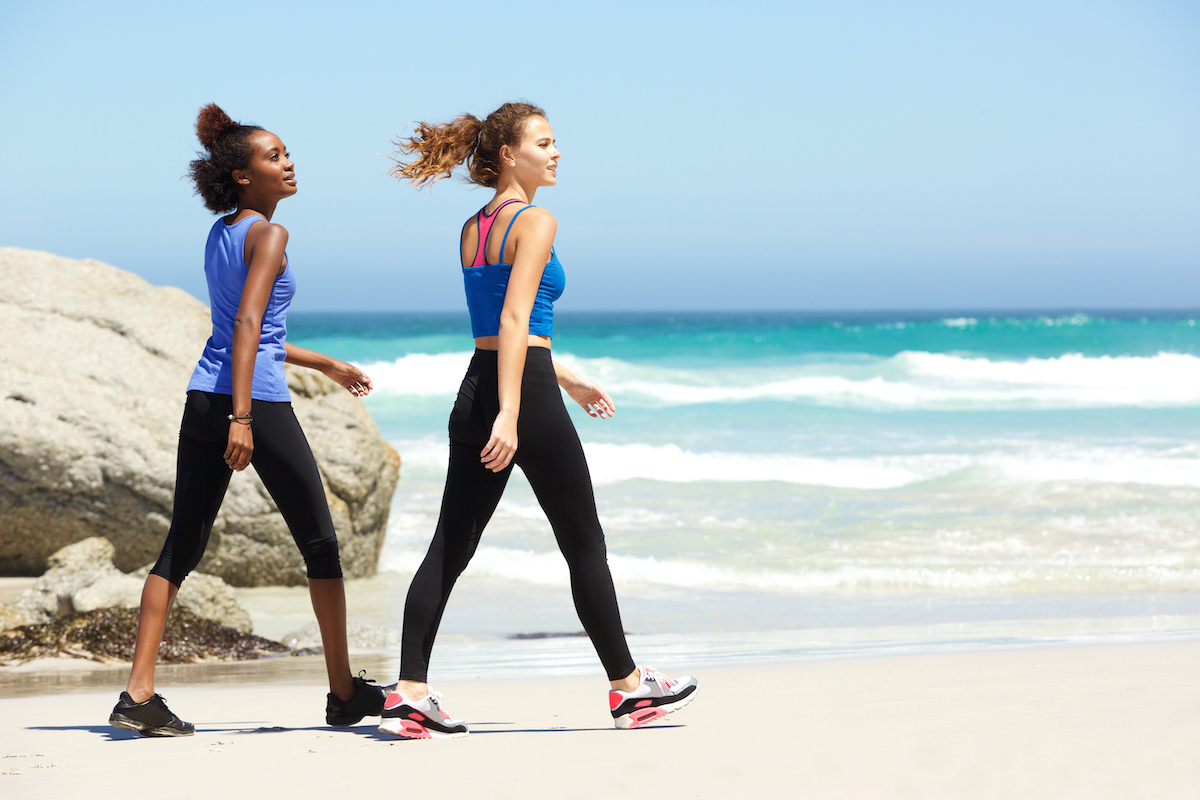
Walking is too easy and beneficial to be neglected by older adults. Regularly going for a stroll at a moderate pace is linked to a stronger heart, sharper mind, and sturdier bones.
One research project published in the Proceedings of the National Academy of Sciences reports walking improves memory in older adults and actually increases the size of the hippocampus, the brain area in charge of our memories. Another project published in The American Journal of Medicine found that older women who walked for one mile per day showed much more robust whole body bone density.
“When it comes to starting a new exercise routine a lot of activities can be intimidating,” explains Jack McNamara, Ms.C., C.S.C.S., of TrainFitness. “Fears of doing the exercise wrong, worsening existing medical conditions, and the risk of injury can all play on our mind. That’s why walking is such a wonderful exercise—especially as we get past the age of 60.”
Lunges
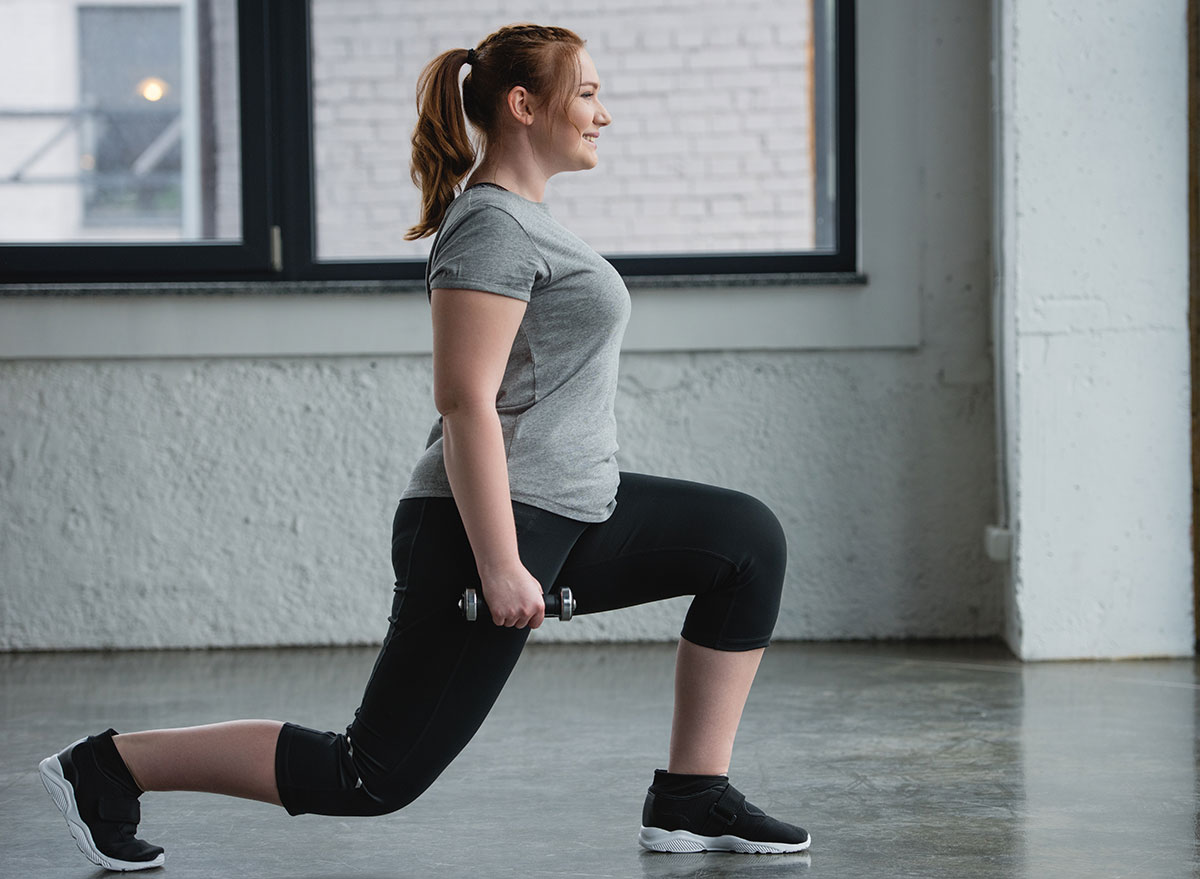
Lunges are another great workout option for older adults because they can be both a resistance exercise and a functional movement. That means this exercise can help you both build lower body strength and maintain everyday mobility. According to Healthline, lunges can even help correct bodily misalignments and imbalances, making the body more symmetrical. Not to mention the added bonuses of better posture and weight loss.
To perform a standard lunge, stand up straight and take a step back with your right foot. While being sure to keep your weight as evenly distributed as possible within your front foot, lower your body down until both legs form a 90 degree angle. It’s also important not to allow your front knee to move past your toe. From there, push yourself back up using your front heel. Repeat 5-10 times before switching to the other leg.
If you want to up your lunge game, consider side lunges as well. Those target the leg muscles at slightly different angles than a traditional lunge, and help improve side-to-side movements and mobility in general.
Push-ups
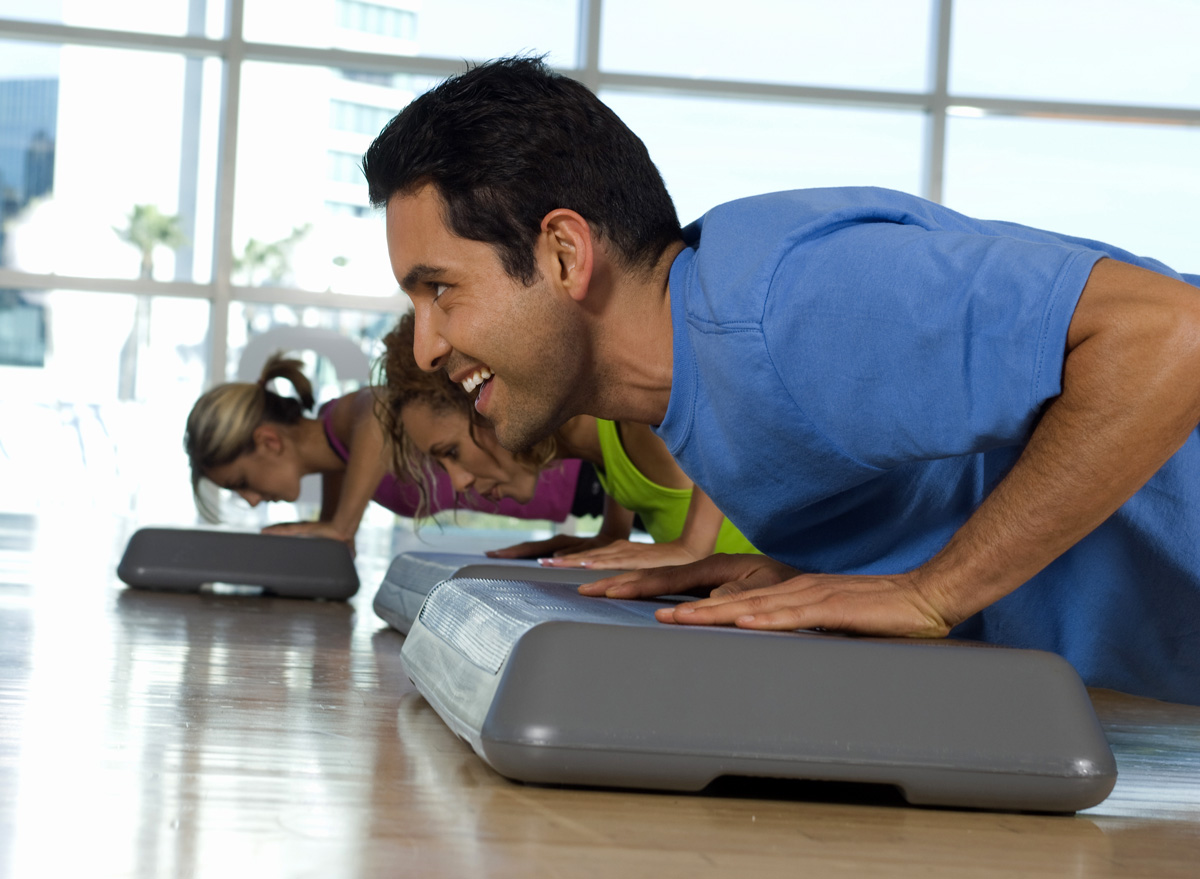
Push-ups are one of the oldest and most well-known exercises out there – and for good reason! One study published in JAMA Network Open found that men who can perform 40 push-ups within 30 seconds are far less likely to develop heart disease and or suffer a heart attack/stroke.
“Push-ups will improve your health by building muscle, raising your metabolism to burn fat, and providing a cardiovascular benefit,” Robert S. Herbst, a former world champion powerlifter, told Insider. “They enable you to get a full body workout with no equipment.”
Push-ups don’t come so easily to everyone, and that’s nothing to be ashamed of. If you’re finding regular push-ups too challenging, try out a few wall push-ups in a standing position. And for more great exercise advice, don’t miss the Secret Side Effects of Lifting Weights for the First Time, Says Science.